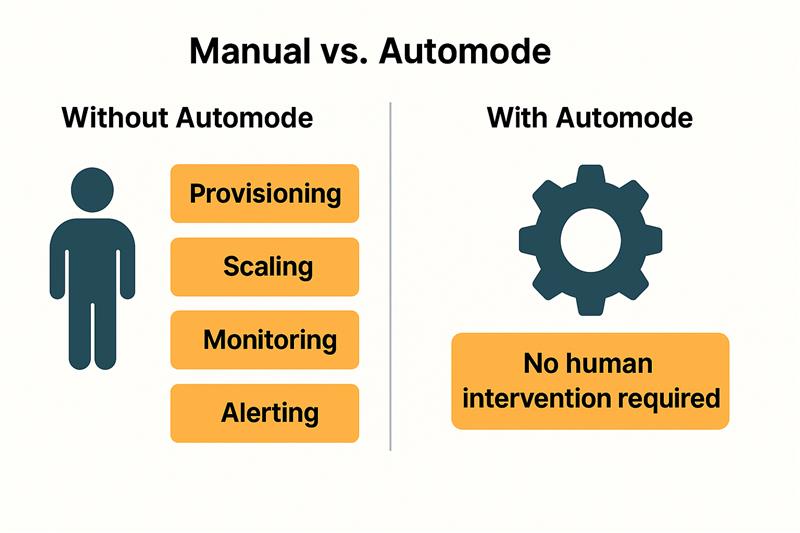Amazon Elastic Kubernetes Service (EKS) continues to be a leading managed Kubernetes platform, empowering teams to run containerized applications at scale. While powerful, managing the underlying infrastructure manually in EKS can become a burden, especially for teams with limited resources.
To address this, AWS introduced EKS Automode, a feature that automates node provisioning, scaling, and optimization. This blog dives into the problems Automode solves, real-world use cases, detailed comparisons, and when it may not be the best fit.



